Have you ever stumbled upon an animal so bizarre that it made you do a double-take? You’re not alone. The animal kingdom is full of oddities that seem like they’ve popped straight out of a fantasy novel. Whether it’s their unusual features or peculiar behaviors, these creatures catch our attention in the most unexpected ways. Let’s dive into the world of the weirdest-looking animals you might not believe actually exist until you see them.
1. Axolotl
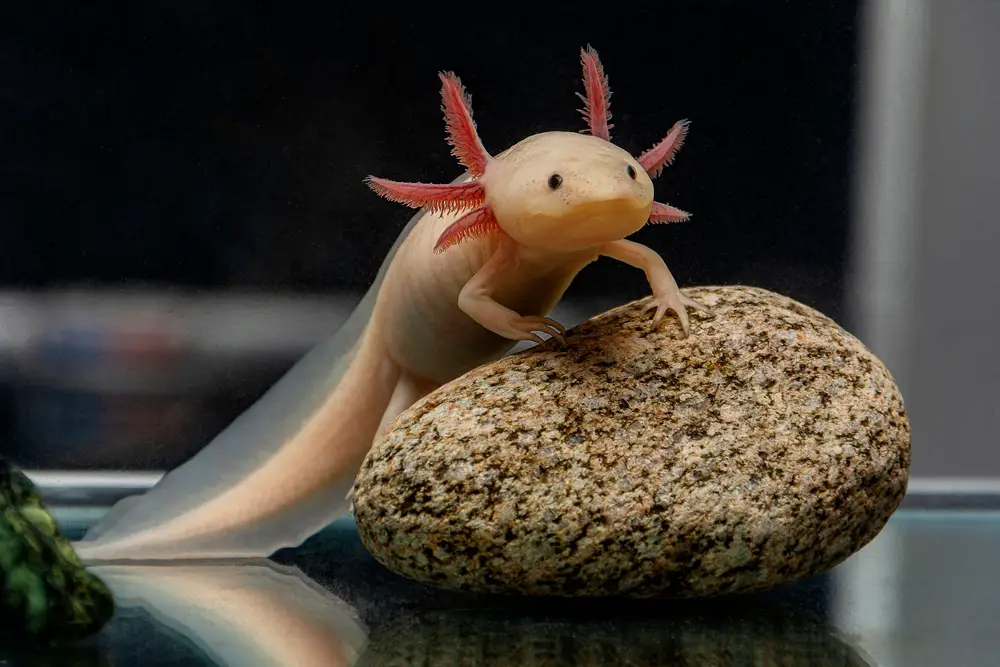
The axolotl, often called the “Mexican walking fish,” is not actually a fish but a type of salamander. It’s known for its cute and bizarre appearance, with feathery external gills and a perpetual smile. These critters remain in their juvenile form for life, a phenomenon known as neoteny. Interestingly, axolotls have incredible regenerative abilities, able to regrow entire limbs and even parts of their heart and brain. According to a study by Dr. Karen Echeverri at the Marine Biological Laboratory, understanding the axolotl’s regeneration could help unlock new ways to heal human injuries.
While they come from the lakes of Mexico City, axolotls are now critically endangered in the wild. Urbanization and pollution have taken a toll on their natural habitat, making them rare in their native environment. However, they are quite popular in the pet trade, where they can be found in various colors due to breeding. If you ever decide to get one as a pet, be prepared for a tank full of adorableness and a lot of gill maintenance. Remember, owning one means taking responsibility for an endangered species, so ethical considerations are a must.
2. Star-Nosed Mole
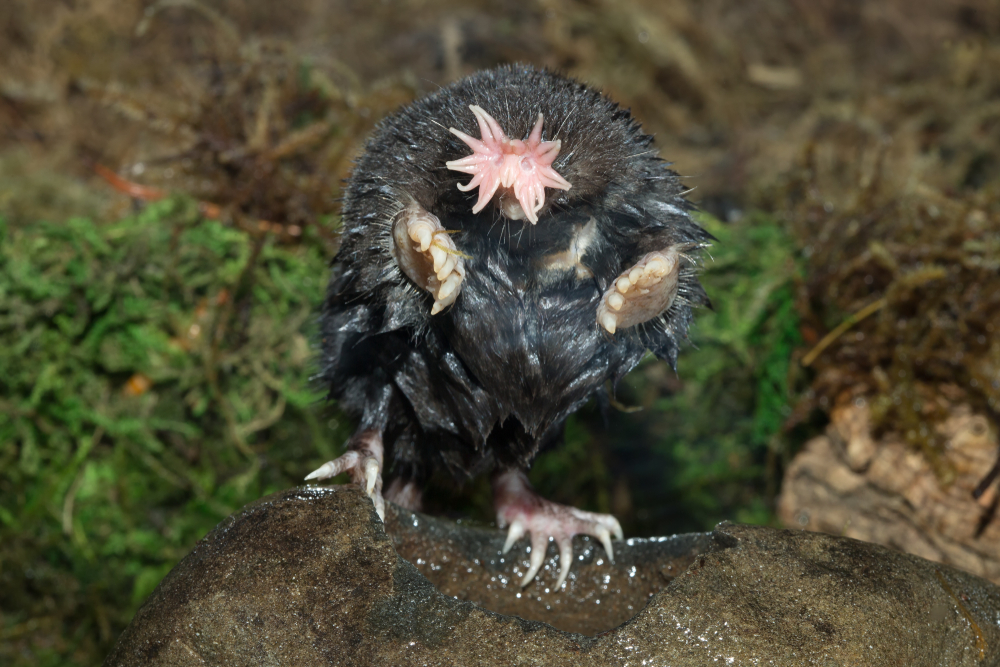
With its unique star-shaped nose, the star-nosed mole is an animal that looks like it belongs in a sci-fi movie. Its nose is not just for show; those 22 fleshy appendages are packed with over 25,000 minute sensory receptors. These receptors make it incredibly efficient at detecting prey, even when it’s buried underground. The star-nosed mole is the fastest eater in the animal kingdom, taking only about 120 milliseconds to identify and consume its food. This speed and efficiency are crucial for survival in its soggy, swampy habitat.
Despite its strange appearance, the star-nosed mole has adapted wonderfully to its environment. It thrives in wet lowland areas of North America, where it uses its starry nose to filter through mud and water. Its large, paddle-like feet help it swim through these wet areas with ease. This mole is mostly blind, but it doesn’t really need sight, given its extraordinary sensory nose. If you’re ever in its habitat, keep an eye out—or perhaps a nose—for this peculiar creature.
3. Aye-Aye
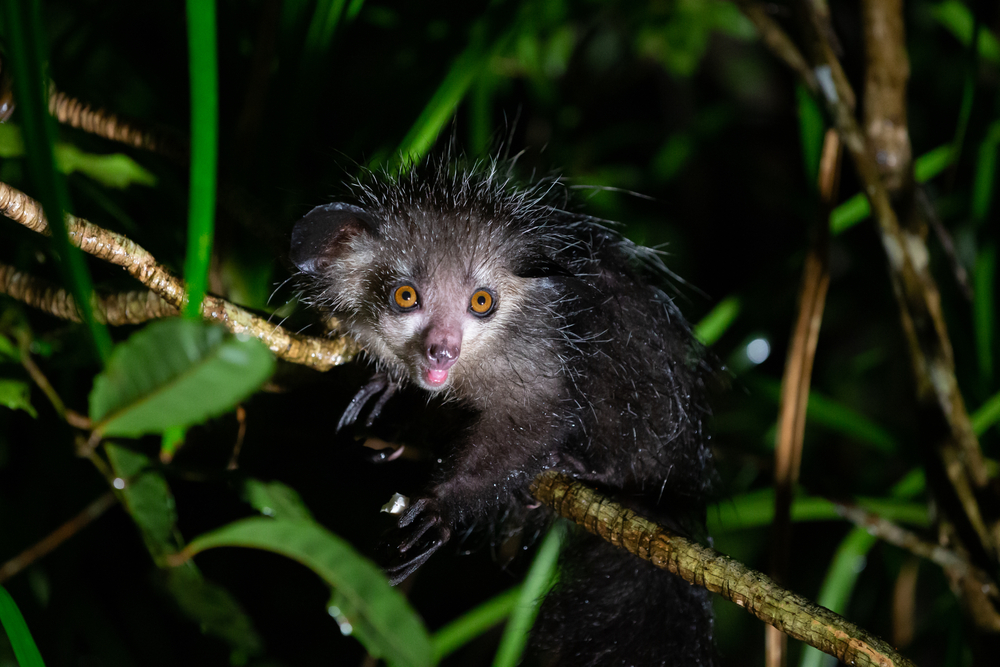
The aye-aye, native to Madagascar, is a nocturnal lemur that has a particularly eerie appearance. With its large, bulging eyes and long, spindly fingers, it looks more like a creature from folklore than a real animal. The aye-aye uses its elongated middle finger to tap on trees to find grubs, a feeding technique known as percussive foraging. Dr. Eleanor Sterling from the American Museum of Natural History noted that the aye-aye’s unique foraging method is crucial for its survival as it allows access to food sources that other animals can’t reach.
Unfortunately, these odd characteristics have led to many superstitions about the aye-aye in its native habitat. Locals sometimes view it as a bad omen or a harbinger of evil, which has led to their persecution. Conservation efforts are in place to protect them, but habitat destruction continues to pose a significant threat. Madagascar’s rainforests, the aye-aye’s home, are shrinking, making conservation even more critical. So if you ever spot this creature, remember that its strangeness is part of what makes it special.
4. Blobfish
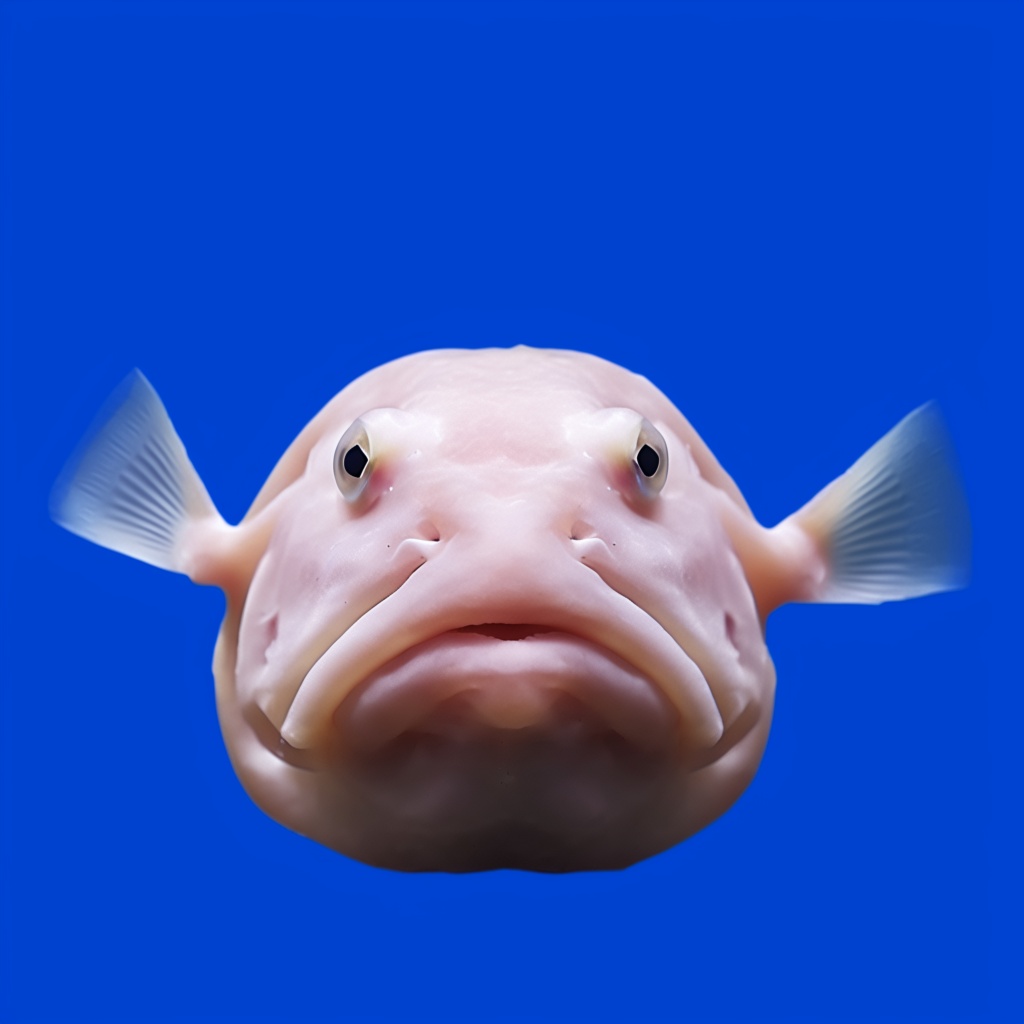
Often dubbed the “world’s ugliest animal,” the blobfish is a deep-sea dweller that has captured the public’s imagination. Its gelatinous appearance is due to the lack of muscle, as it doesn’t need them in the high-pressure environment of the deep ocean. Its saggy, droopy face is actually a result of being brought to the surface, where the pressure is much lower. Down in its natural habitat, the blobfish looks quite different, resembling more of a normal fish. Its oddity has made it a bit of a meme, but it’s a fantastic example of deep-sea adaptation.
The blobfish lives in the deep waters off the coasts of Australia and New Zealand. It hovers just above the seafloor, moving with the currents rather than actively swimming. This passive lifestyle suits its body structure, allowing it to conserve energy in an environment where food is scarce. While it may not win any beauty contests, the blobfish is perfectly adapted to survive in one of Earth’s most challenging environments. Next time you see its picture floating around the internet, remember that this weird-looking fish is a true survivor.
5. Saiga Antelope
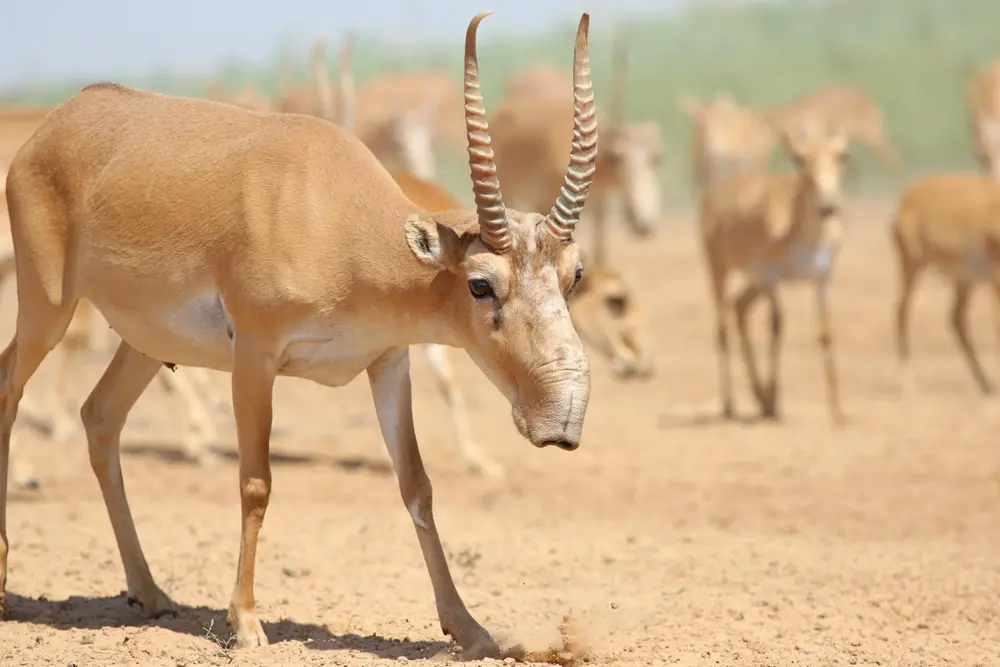
The saiga antelope, with its distinctive oversized nose, looks like it’s walked straight out of a Dr. Seuss book. This nose isn’t just for show; it’s a complex respiratory filter that helps them breathe clean air and regulate temperature in the dusty steppes of Central Asia. Unfortunately, the saiga population has faced severe challenges, with numbers dwindling due to poaching and disease. According to research by the Zoological Society of London, over 200,000 saiga antelopes died due to a bacterial disease outbreak in 2015, a massive blow to the species’ survival.
Despite these challenges, efforts are underway to help the saiga recover. Conservationists are working tirelessly to protect their habitats and curb illegal hunting. The saiga’s plight underscores the broader issue of wildlife conservation, showing how interconnected and delicate ecosystems can be. As we learn more about these fascinating creatures, there’s hope that increased awareness will help turn the tide. In the meantime, the saiga remains a curious reminder of the diverse adaptations found in nature.
6. Red-Lipped Batfish
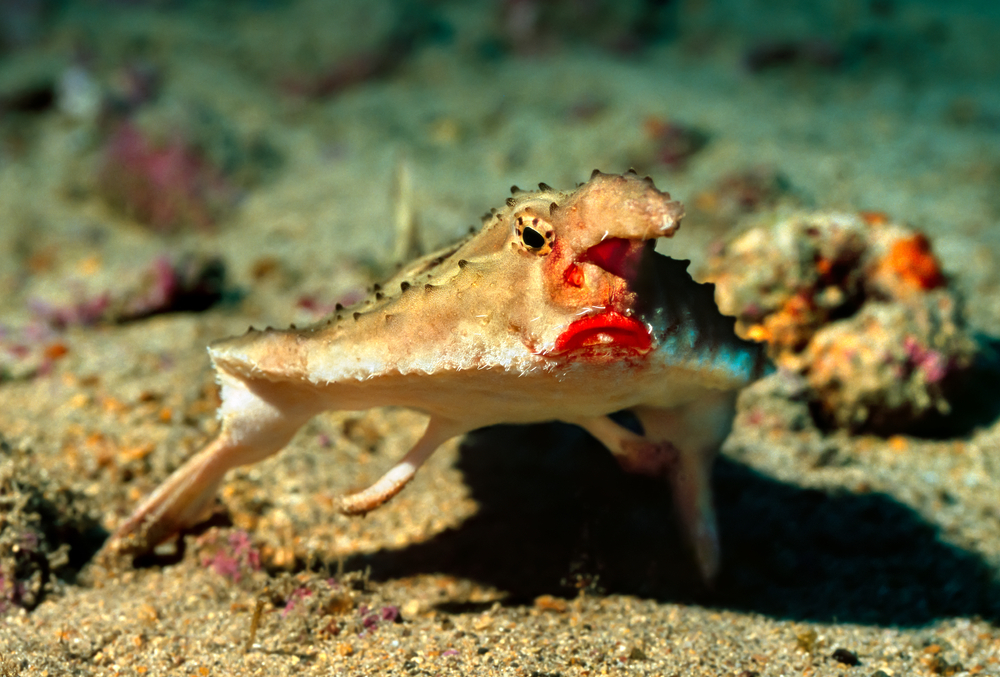
The red-lipped batfish is a fish that looks like it’s always ready for a night on the town. With its bright red lips, it seems to have a permanent pout, which gives it a comical and endearing appearance. Found off the coast of the Galápagos Islands, this fish prefers to “walk” on the seafloor using its modified pectoral fins. It’s not a strong swimmer, so these fins help it move around in search of food. Its diet consists mainly of small fish, crustaceans, and worms.
The red-lipped batfish’s unique appearance and behavior make it a fascinating subject for marine biologists. Its bright lips are thought to play a role in attracting mates, although this is still under study. Despite its peculiar looks, it’s well-adapted to its environment, using camouflage to avoid predators. The batfish is another example of how diverse life in the ocean can be, each species uniquely adapted to its niche. If you ever have the chance to dive in its habitat, keep an eye out for its unmistakable lipstick.
7. Okapi
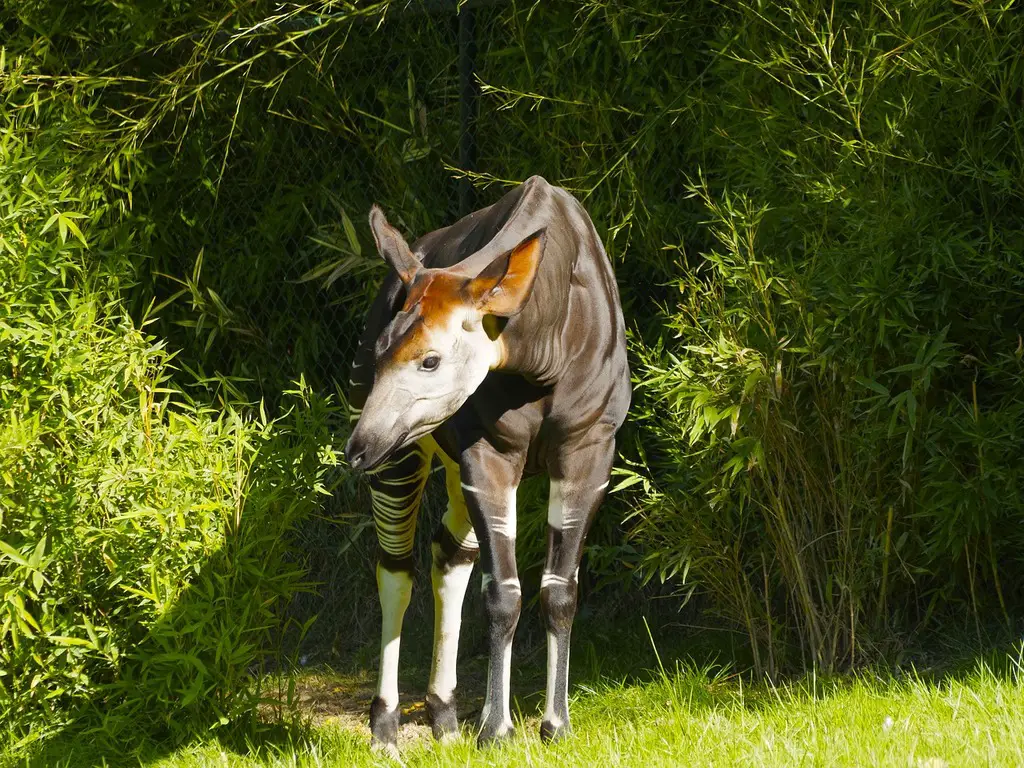
The okapi is an animal that seems to be a mix of several creatures, with the body of a horse, the stripes of a zebra, and a head that resembles a giraffe. Native to the rainforests of the Democratic Republic of the Congo, the okapi is actually a close relative of the giraffe. Its long tongue, which can reach up to 18 inches, helps it strip leaves and buds from branches. Dr. David O’Connor from the San Diego Zoo points out that the okapi’s stripes serve as camouflage, providing excellent concealment in the dappled light of the forest.
Despite its elusive nature, the okapi faces threats from habitat loss and human encroachment. Conservation efforts are ongoing to protect this unique species and its habitat. The okapi’s discovery in the early 20th century was one of the last major finds of large mammals, which adds to its mystique. For those lucky enough to see one in the wild, it’s a reminder of the hidden wonders that exist in our world’s forests. The okapi stands as a testament to the incredible diversity of life in the Congo Basin.
8. Narwhal
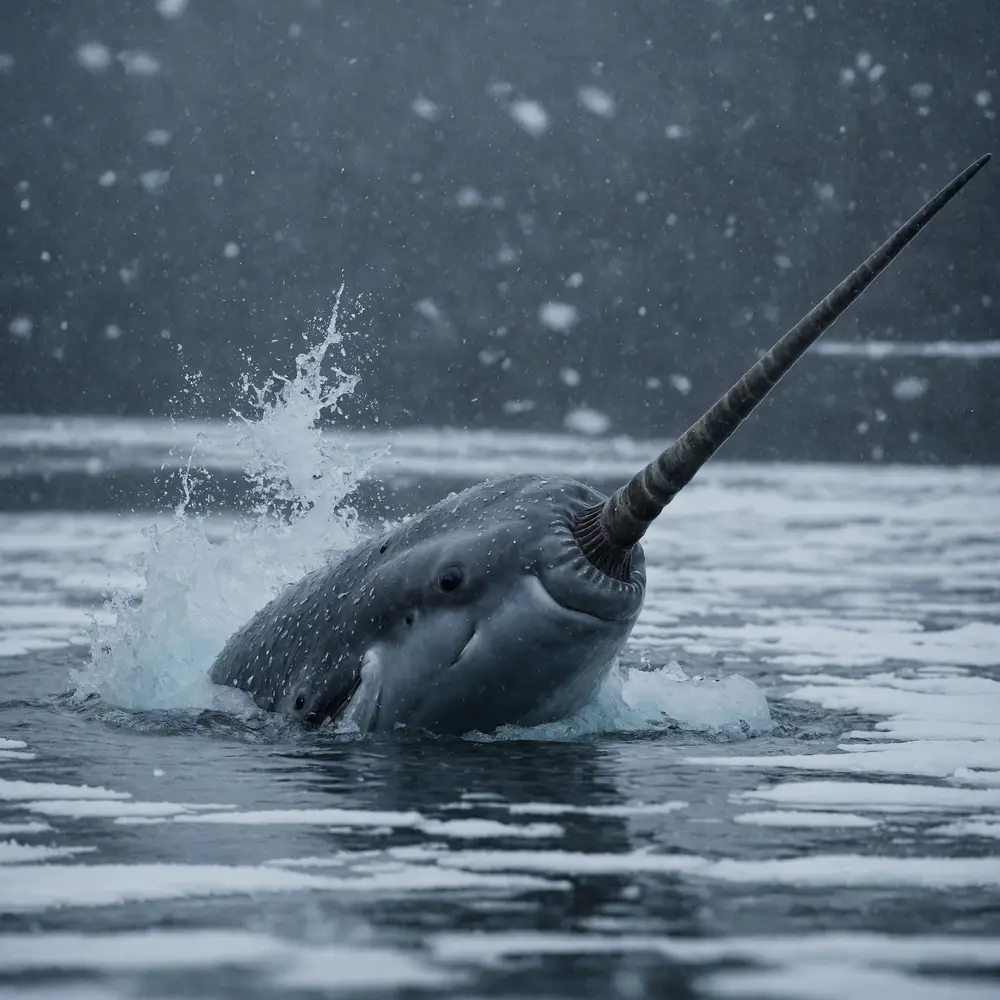
Narwhals are often referred to as the “unicorns of the sea” due to their long, spiral tusks that protrude from their heads. These tusks are actually elongated teeth that can grow up to 10 feet long. Found in the Arctic waters around Greenland, Canada, and Russia, narwhals have fascinated people for centuries. The tusks’ purpose is still a subject of research, but it is believed to play a role in mating and dominance displays. Despite their mythical appearance, narwhals are real and thriving in some of the coldest waters on Earth.
Narwhals have adapted to life in the Arctic, using their tusks to detect changes in the environment and navigate under ice. They are deep divers, capable of reaching depths of over 1,500 meters in search of fish and squid. Climate change and the loss of sea ice pose significant threats to their habitat, making conservation efforts critical. Indigenous communities have long respected narwhals, integrating them into their culture and livelihoods sustainably. As climate change progresses, their survival depends on global efforts to protect their icy home.
9. Sunda Colugo
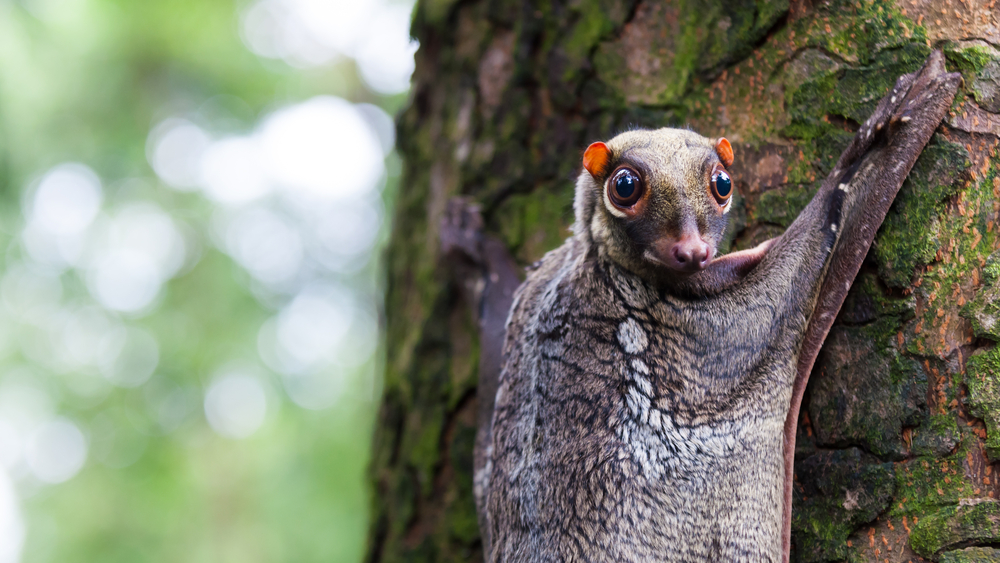
The Sunda colugo, also known as the Sunda flying lemur, is not actually a lemur and doesn’t truly fly. It glides through the forest canopy of Southeast Asia with remarkable skill, thanks to a large membrane of skin stretching from its neck to the tips of its fingers and toes. This adaptation allows it to cover significant distances between trees without coming down to the ground. Its nocturnal habits and excellent camouflage make it a difficult creature to spot. The colugo’s diet primarily consists of leaves, flowers, and fruits.
Despite its name, the Sunda colugo’s closest relatives are actually primates, a connection that intrigues biologists. Its ability to glide is among the most efficient in the animal kingdom, enabling it to conserve energy while foraging. The rainforests it inhabits are under threat from deforestation, posing a significant risk to its survival. Conservationists are working to preserve these vital habitats and protect the colugos within them. Observing a colugo in its natural environment is a rare treat, showcasing the wonders of rainforest biodiversity.
10. Thorny Devil
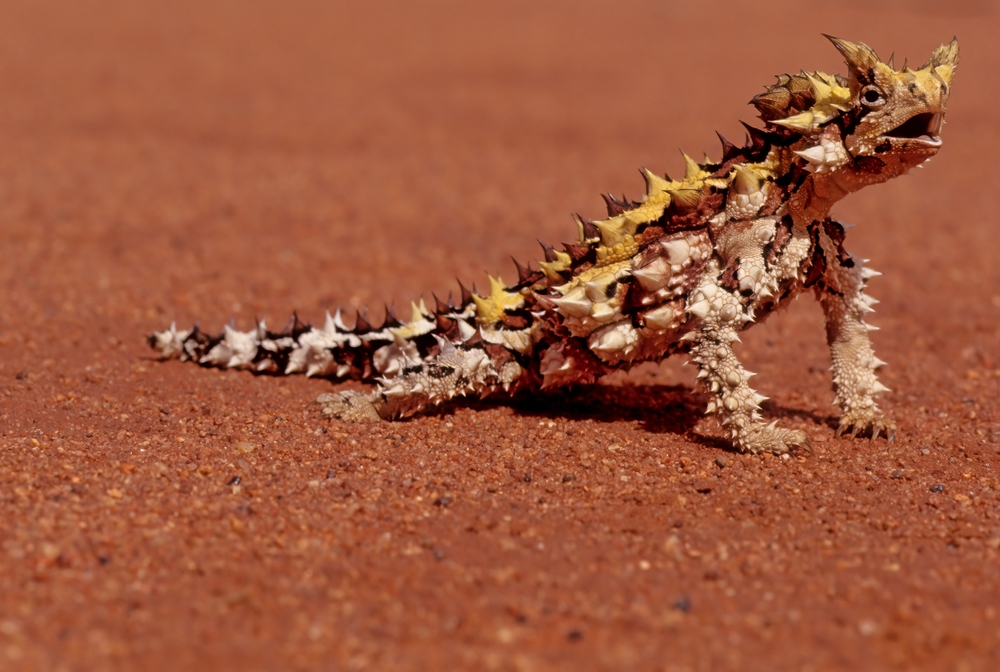
The thorny devil, found in the arid deserts of Australia, is a master of disguise. Covered in spines that resemble twigs, this lizard blends seamlessly into its environment. These spines aren’t just for show; they help channel water from dew and rain towards the lizard’s mouth, a vital adaptation in such a dry climate. Predators are deterred by the thorny devil’s intimidating appearance, though it’s actually harmless to humans. This fascinating reptile feeds primarily on ants, consuming thousands in a single meal.
Observing a thorny devil in the wild offers a glimpse into the unique adaptations of desert life. Its slow, deliberate movements and ability to change color add to its mystique. Despite the harsh conditions of its habitat, the thorny devil thrives where few others can. Conservationists work to protect its environment from the impacts of agriculture and mining. The thorny devil remains a symbol of resilience and the remarkable diversity of life in Australia’s deserts.
11. Leafy Seadragon
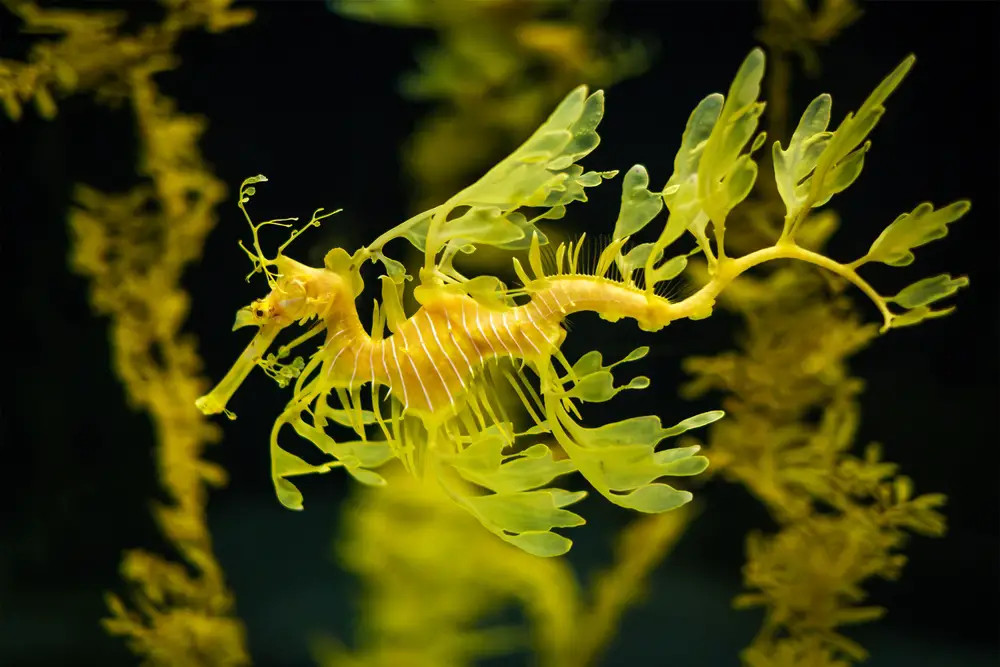
The leafy seadragon, named for its plant-like appearance, is an extraordinary example of natural camouflage. This marine creature looks like floating seaweed, with leaf-like appendages that help it blend into its kelp forest habitat. Found along the southern and western coasts of Australia, the leafy seadragon is closely related to seahorses. Its unique appearance provides effective protection from predators, as it drifts along the ocean currents. Despite its delicate look, the leafy seadragon is a formidable survivor in its underwater world.
Leafy seadragons feed mainly on small crustaceans, using their long snouts to suck up prey. They are poor swimmers, relying on their camouflage to avoid detection rather than speed. The loss of kelp forests due to climate change and pollution poses a threat to their survival. Conservationists are working to protect these habitats and ensure the leafy seadragon’s continued existence. Spotting one in the wild is a breathtaking experience, highlighting the beauty and intricacy of marine ecosystems.
12. Proboscis Monkey
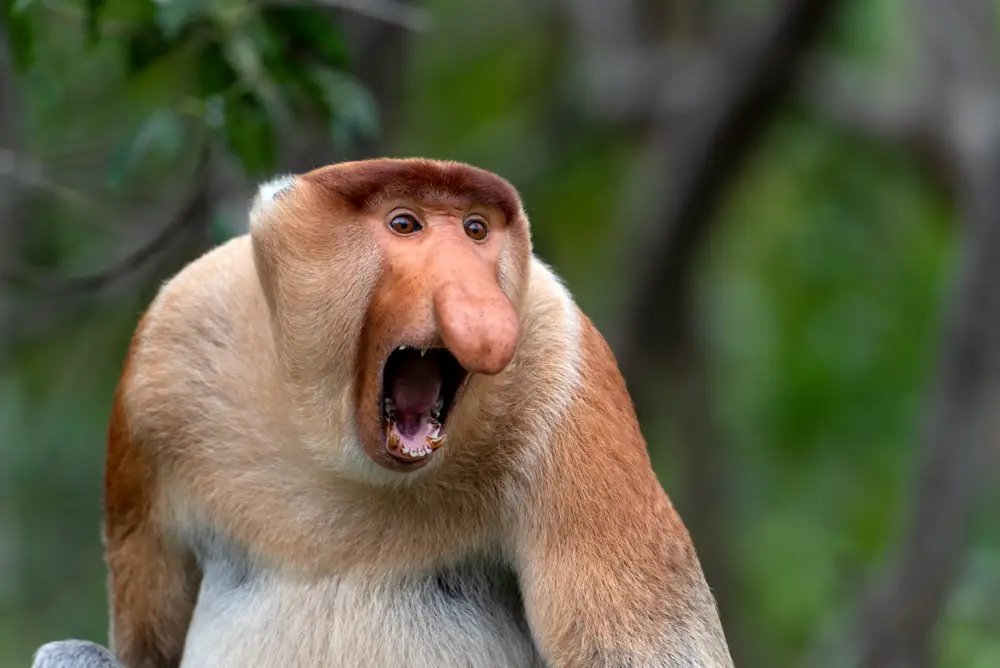
The proboscis monkey, native to Borneo, is easily recognized by its large, protruding nose. This distinctive feature is more prominent in males and is believed to play a role in attracting mates. The monkey’s nose acts as a resonating chamber, amplifying its calls through the dense rainforest. Proboscis monkeys are excellent swimmers, often seen leaping into rivers to escape predators. These primates prefer mangrove forests and riverine habitats, where they feed on leaves, fruits, and seeds.
Despite their remarkable adaptations, proboscis monkeys face threats from habitat destruction and hunting. The conversion of their habitats into palm oil plantations is a significant challenge to their survival. Efforts are underway to protect these unique primates and preserve the lush ecosystems they inhabit. The proboscis monkey serves as a symbol of the rich biodiversity of Borneo and the urgent need for conservation. Observing these fascinating creatures in the wild is a rare and unforgettable experience.
13. Fossa

The fossa, Madagascar’s top predator, resembles a mix between a cat and a mongoose. Its sleek, muscular body and retractable claws make it an agile hunter. Fossas are known for their ability to navigate the treetops as adeptly as they do the ground, preying on lemurs and other small animals. They play a crucial role in Madagascar’s ecosystem, helping to regulate prey populations. Despite their importance, fossas are often misunderstood and face threats from habitat loss and hunting.
Conservationists are working to protect the fossa and its habitat, raising awareness of its ecological significance. As deforestation continues to impact Madagascar, the fossa’s survival becomes increasingly precarious. Efforts to understand and preserve this unique predator are vital for maintaining the island’s biodiversity. Observing a fossa in the wild is a testament to the intricate web of life that exists in Madagascar’s forests. This elusive and fascinating animal highlights the need for comprehensive conservation strategies.
14. Goblin Shark
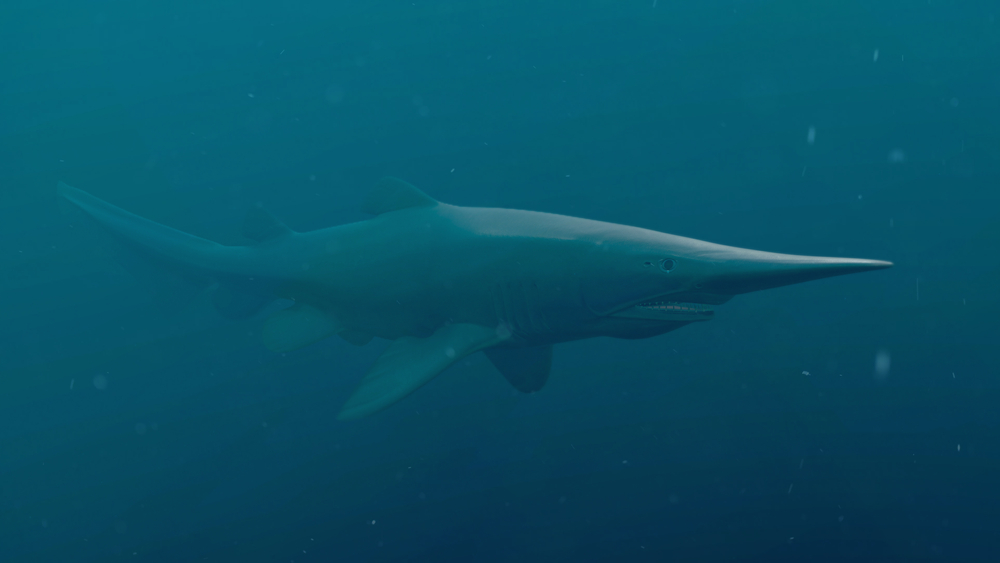
The goblin shark is an ancient and mysterious creature that lurks in the deep ocean. Its elongated snout and protrusible jaws give it an unsettling appearance, earning it a reputation as one of the ocean’s strangest inhabitants. Goblin sharks are rarely seen by humans, residing at depths of over 100 meters in oceans around the world. Their pale, almost translucent skin and unique feeding mechanism set them apart from other shark species. The goblin shark’s lineage dates back millions of years, making it a living fossil of the ocean.
These sharks feed mainly on fish, cephalopods, and crustaceans, employing their incredible jaws to snatch prey. Their deep-sea habitat shields them from many human activities, though they are occasionally caught as bycatch in fishing operations. Understanding the goblin shark’s life and behavior is challenging due to its elusive nature. Scientists continue to study this enigmatic creature, hoping to learn more about the adaptations that have allowed it to survive for so long. Encountering a goblin shark is a rare glimpse into the ancient mysteries of the deep sea.
